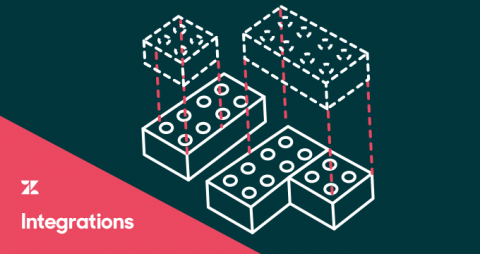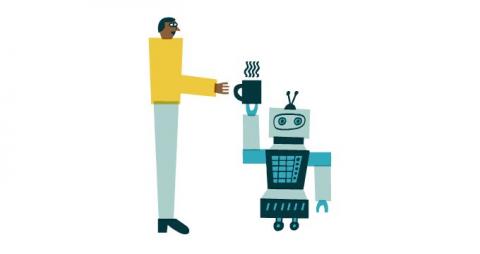Mastering change management
As a company grows in size and complexity, so does the nature of its customers’ issues. As a result, modern enterprises need to constantly evaluate and update the tools, processes, and systems it uses to solve customer problems.











